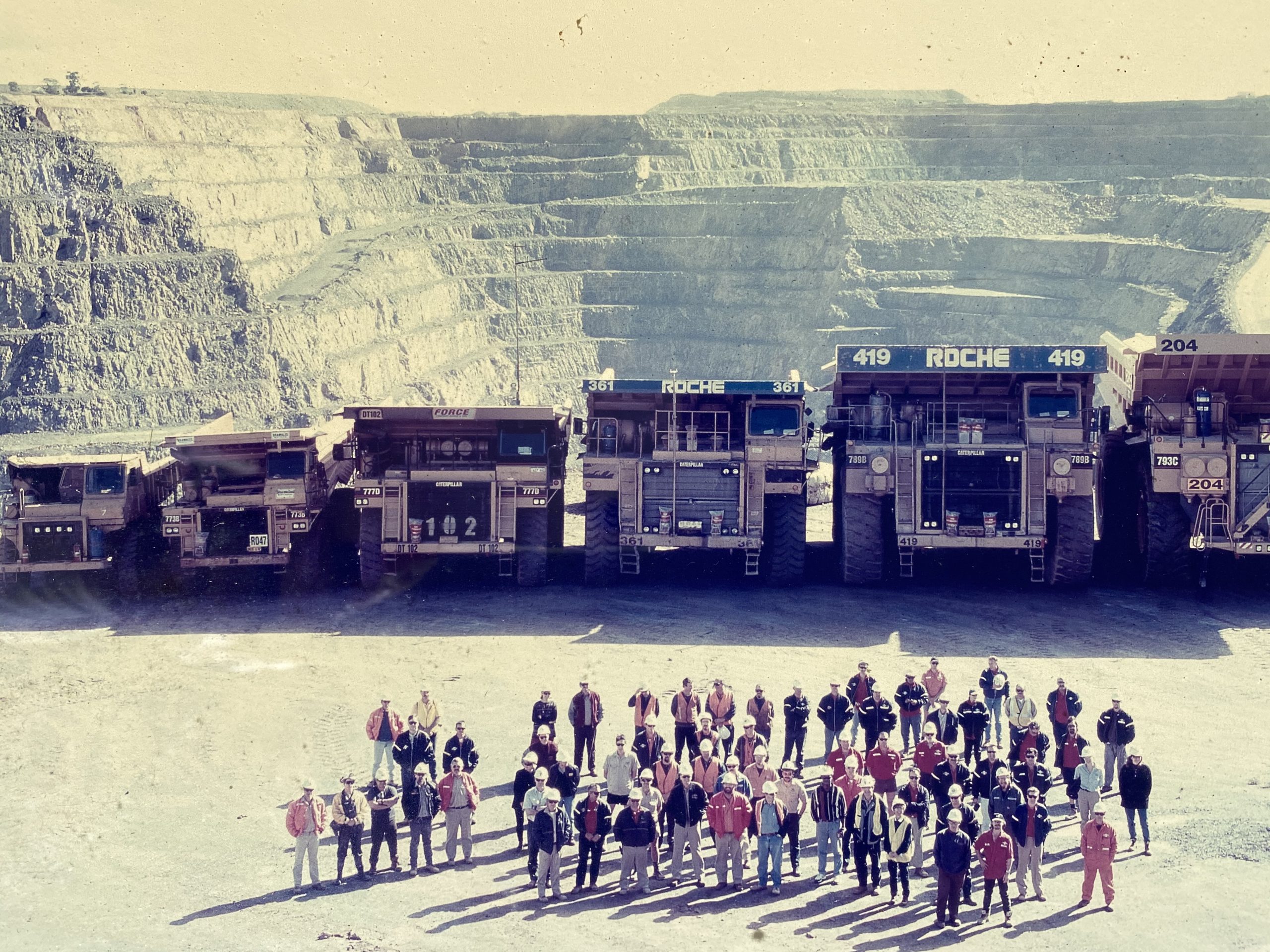Many of today’s mining industry leaders have been involved with Amira projects. This week the spotlight is on Dr Penny Stewart, CEO and founder of mining AI software company Petra Data Science Pty Ltd.
Today, PETRA is recognised as a leading provider of machine learning and mine optimisation software. In 2016, her company, Petra, collaborated with Newcrest to develop and deploy some of the mining industry’s first machine learning algorithms.
In an interview with Amira Global this week, Penny spoke about her experience completing a PhD on an Amira project and its contribution to her founding PETRA.
Penny began her PhD studies at UQ’s Julius Kruttschnitt Mineral Research Centre in 2000, working on mining dilution in narrow vein mines as part the deliverables for the Amira Blasting and Reinforcement Technology II project (P447A). Prior to her PhD, she worked as Mine Production and Planning Engineer at KCGM’s Super Pit in Kalgoorlie. Her experience working at mine sites around Australia resulted in a strong interest in how geological variability affects engineering design and decisions.
Amira Project P447A
The specific objectives of P447A were:
- to appraise current practices in the areas of blasting, reinforcement and excavation design at the nominated sponsor mines
- to enhance current design procedures in order to reduce damage, overbreak, dilution, ore loss and to optimise support and reinforcement
- to optimise the selected design methods through observation and the recording of actual excavation, blasting and reinforcement performance.
The outcomes assisted design engineers to:
- ensure that proper excavation design, blast design, support design and associated practices implemented suited the mining method and geological/geotechnical environment
- ensure that the impact of stresses, blasting and blast damage were adequately taken into account during design
- minimise the impact of blast damage on excavation, support and reinforcement performance
- minimise damage and overbreak during development drivage and stoping.
Thesis: Minimising dilution in narrow vein mines
In response to project sponsor’s concern regarding the applicability of empirical stability charts to narrow-vein stope design and dilution prediction, Penny’s thesis focused on an improved ability to predict dilution in narrow-vein longhole stoping compared to conventional stoping.
The main finding of the thesis was that mines can develop stope design data models using their own stope performance data, as well as developing a new method to statistically validate site-specific data models including, how much, and what types of data are required. For Amira, the main deliverable was an improved ability to prevent dilution in narrow vein longhole stopes through improved stope and blast design tools. In 2002, Penny was awarded the Ian Morely Prize for best postgraduate in minerals engineering.
Penny worked full-time on her PhD for three years before completing the PhD part-time while working as a consultant specialising in the application of data analysis to improve stope and blasting decisions using each site’s own data. The advantage of completing the thesis on the Amira project was the opportunity for applied research, tackling real industry challenges.
“The greatest benefits were sponsor feedback and industry setting the parameters and outcomes. There was always a focus on applied research aimed at solving real problems in the industry,” Penny said.
The experience also gave her the confidence to think independently, finding new ways of approaching challenges.
“Amira research projects are world-class, involving some of the largest companies in the world. At the completion of my PhD I had a combination of technical expertise from JKMRC research training and industry knowledge gained from site visits to Kundana Gold Mines, Kanowna Belle Gold mine and Gold Field’s Junction mine. It gave me the confidence to challenge industry standard practice and create new methods for solving industry challenges.”
Access Penny’s Thesis here – Minimising dilution in narrow vein mines

